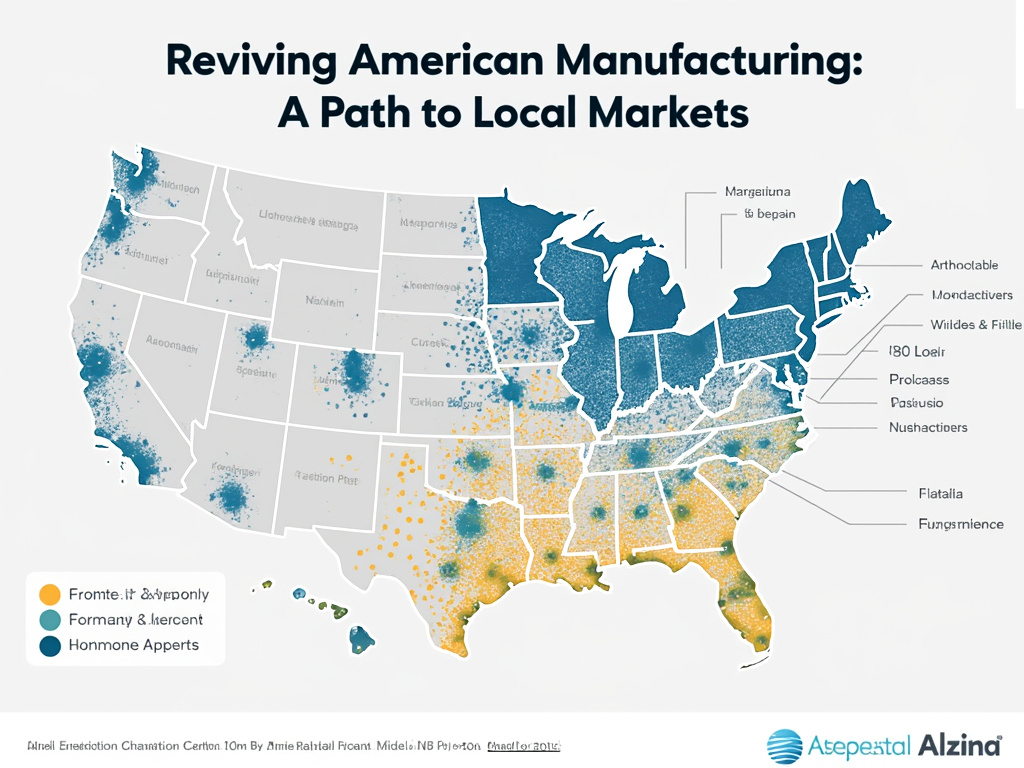orce development. The skills gap remains a significant challenge in the manufacturing sector, with many workers lacking the necessary training for modern production techniques. Programs should focus on:
- Vocational Training and Apprenticeships: Expanding access to vocational schools and apprenticeship programs can help prepare the next generation of workers for high-tech manufacturing jobs.
- Collaboration with Educational Institutions: Partnerships between businesses and community colleges or universities can ensure curricula align with industry needs, fostering a skilled workforce ready to innovate.
4. Promoting Sustainable Practices
Modern consumers are increasingly conscious of environmental sustainability. By promoting eco-friendly manufacturing practices, U.S. industries can appeal to this growing market demand. Strategies include:
- Adopting Green Manufacturing Technologies: Investing in energy-efficient machinery and sustainable materials can reduce the carbon footprint of manufacturing processes.
- Certifications and Branding: Encouraging companies to pursue sustainability certifications can enhance their marketability and resonate with consumers who prioritize environmentally responsible products.
5. Building a “Made in America” Brand
A focused marketing strategy to promote “Made in America” products can significantly influence consumer preferences. By highlighting quality, safety, and the economic benefits of purchasing domestically produced goods, businesses can attract consumers looking to support local economies. Strategies include:
- Storytelling: Sharing the stories of local manufacturers and their communities can create emotional connections with consumers, enhancing brand loyalty.
- Local Collaboration: Collaborating with local artisans and producers can lead to unique product offerings, fostering community pride and encouraging local purchases.
6. Utilizing Technology and Innovation
Embracing advanced technologies such as automation, artificial intelligence, and the Internet of Things (IoT) can modernize manufacturing processes, making them more efficient and cost-effective. By investing in research and development, the U.S. can maintain a competitive edge in global markets.
Example: Smart Factories
Smart factories utilize interconnected systems to streamline production and reduce waste. By investing in such technologies, U.S. manufacturers can improve efficiency, reduce costs, and respond more swiftly to market demands.
Conclusion
Reviving American manufacturing requires a multifaceted approach that includes strategic investment, workforce development, sustainability, and technology adoption. By focusing on key industries and fostering a strong “Made in America” brand, the U.S. can reinvigorate local markets, create jobs, and promote economic resilience. As consumers increasingly value local products and sustainable practices, the potential for a manufacturing renaissance is not just a dream—it’s an achievable goal that could shape the future of the American economy.

